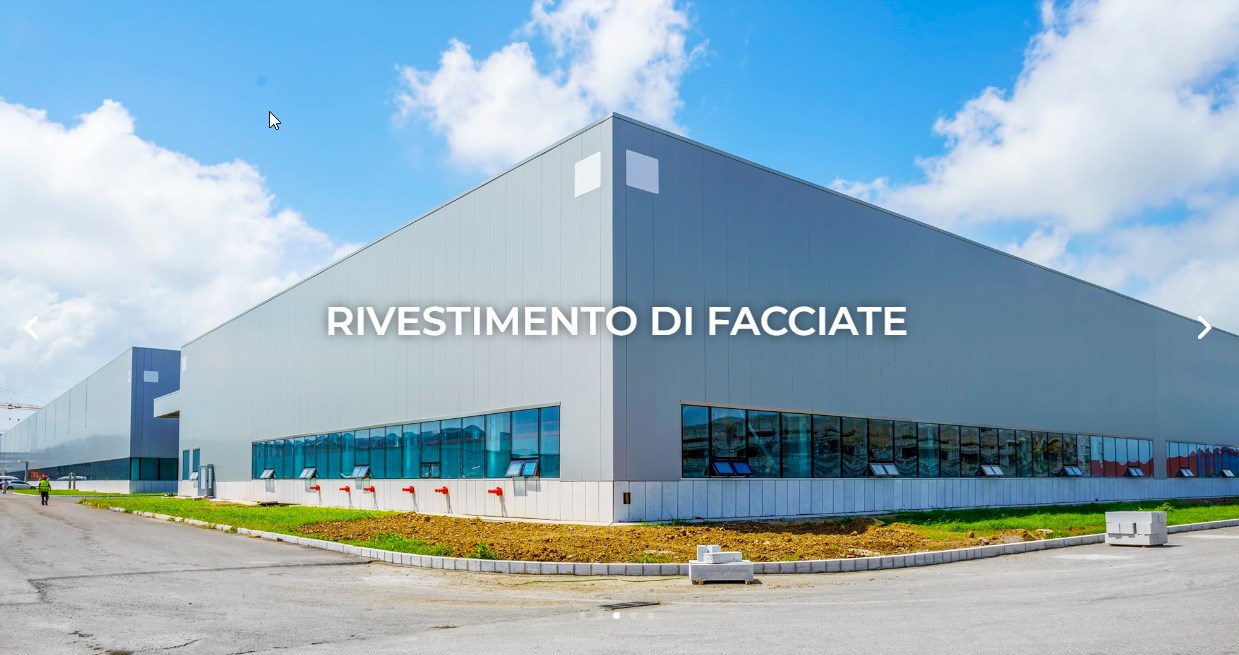
The year 2025 is shaping up to be a transformative period for architectural design, with facades and cladding taking center stage in defining modern building aesthetics. Here, we explore the top trends revolutionizing the industry this year.
Sustainable and Eco-Friendly Materials
Environmental consciousness continues to influence facade and cladding design. Architects and developers are prioritizing materials that reduce carbon footprints, such as recycled metals, bamboo, and biocomposites. Additionally, green facades featuring living walls are becoming increasingly popular, providing aesthetic appeal while improving air quality and insulation.
Dynamic and Adaptive Facades
Adaptive facades that respond to environmental conditions are a major innovation. These systems adjust to temperature, light, and weather changes, optimizing energy efficiency. Technologies like electrochromic glass and kinetic cladding allow buildings to “breathe,” creating a harmonious balance between indoor comfort and outdoor conditions.
Mixed Material Palettes
Combining contrasting materials is a growing trend, adding depth and texture to building exteriors. Popular combinations include wood and steel, stone and glass, and metal panels with ceramic finishes. This approach allows architects to experiment with bold and unique visual effects.
Textured and 3D Cladding
Flat surfaces are giving way to intricate textures and 3D designs. Advanced manufacturing techniques like CNC machining and 3D printing enable the creation of cladding with geometric patterns, organic curves, and tactile finishes, transforming facades into artistic statements.
Smart and Integrated Technology
The integration of smart technology into facade design is becoming more common. Features like solar panels, embedded LED lighting, and sensors for air quality and temperature monitoring not only enhance functionality but also create visually dynamic exteriors.
Minimalist and Sleek Designs
While bold designs are trending, minimalist aesthetics remain timeless. Facades with clean lines, seamless joints, and subtle textures offer a modern, elegant look. Materials like glass and aluminum are key players in achieving this sophisticated aesthetic.
Resilience Against Climate Change
With increasing climate challenges, durability and resilience are critical in facade design. Materials that withstand extreme weather, such as high-performance concrete, weathering steel, and impact-resistant glass, are in demand. Designers are also focusing on creating systems that manage water runoff and reduce heat absorption.
Regional and Cultural Influences
Architects are drawing inspiration from local heritage and cultural motifs to create facades that resonate with their surroundings. This trend blends traditional elements with contemporary materials, resulting in designs that are both contextually relevant and globally appealing.
Modular and Prefabricated Systems
Modular cladding systems are streamlining construction processes and reducing costs. These prefabricated panels are customizable, easy to install, and offer a sustainable solution for large-scale projects. They also allow for greater design flexibility, accommodating complex geometries.
Bold Colors and Finishes
Color is making a comeback in facade design, with bold, vibrant hues and custom finishes adding personality to buildings. Iridescent coatings, matte textures, and metallic sheens are popular choices, giving facades a striking visual impact.
Conclusion
As we move further into 2025, facciate e rivestimenti design is becoming a fusion of sustainability, technology, and creativity. These trends not only enhance the visual appeal of buildings but also address critical issues like energy efficiency and climate resilience. Architects and designers who embrace these innovations are setting the stage for a more sustainable and inspiring built environment.